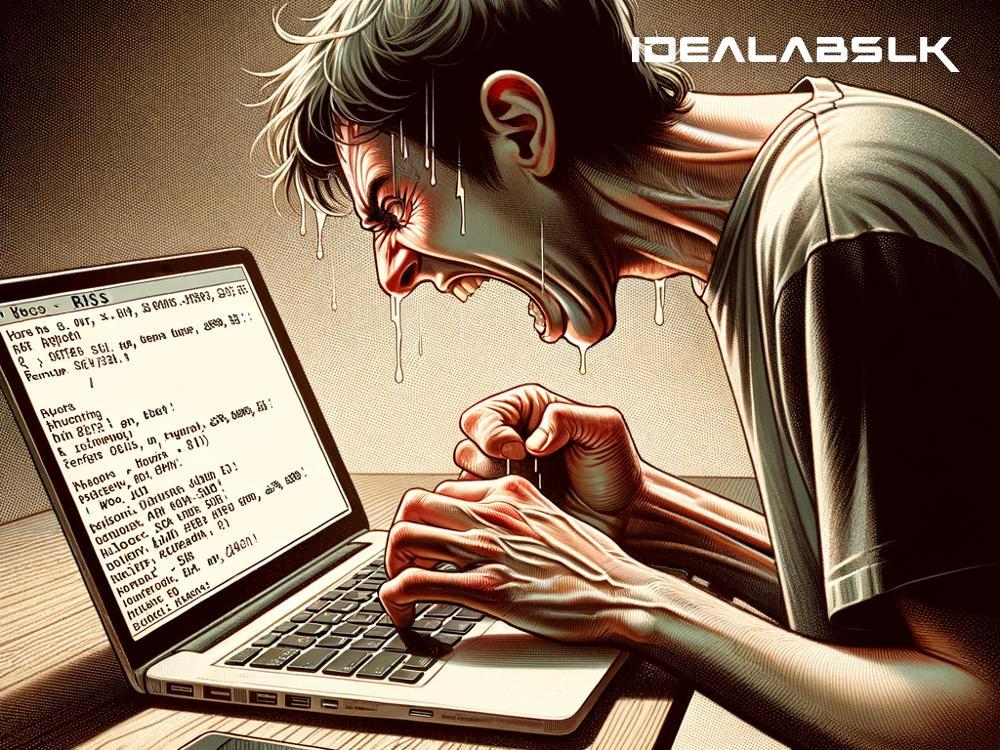Troubleshooting 'Cannot Access BIOS Settings' on Laptops
BIOS stands for Basic Input/Output System. It's a program that your laptop's microprocessor uses to get your system started after you turn it on. Also, it manages data flow between your computer's operating system and attached devices like the hard disk, video adapter, keyboard, mouse, and printer. But what happens if you can't get into your BIOS settings? Let’s break down ways to troubleshoot this issue on laptops, keeping things simple and straightforward.
Understanding the Issue
Picture this: you power on your laptop wanting to tweak some settings in BIOS – maybe you're setting up your system to boot from a USB drive, or you're enabling a hardware component. However, despite repeated attempts, you're welcomed by the usual boot screen and not the BIOS setup menu. Frustrating, right? Before you start worrying, know that this is a common issue many face and there can be several reasons behind it.
Troubleshooting Steps
1. Know Your Key!
The first step is to ensure you're pressing the correct key to enter BIOS. This might seem obvious, but it's often overlooked. Depending on your laptop's brand, this key is usually one of the following: F1, F2, F10, F12, Delete, or Esc. You can usually see a prompt right after you start your laptop telling you which key to press. If not, a quick online search for your laptop model plus “BIOS key” will help.
2. Timing is Everything
Sometimes the issue is not the key itself but the timing. Modern laptops boot up really fast, giving you a very short window to hit the BIOS entry key. Press the key right after powering on, and repeat pressing it (don’t hold it down) until you see the BIOS setup menu. If your device supports it, you can also try pressing the ‘Pause’ button to halt the boot process, giving you more time to press the correct key.
3. Fast Boot Feature
Some laptops come with a “Fast Boot” or “Quick Boot” feature in the BIOS settings, which speeds up the boot time but makes entering the BIOS setup harder. If you had previously enabled this feature, you might find it difficult to access BIOS. Disabling “Fast Boot” from within Windows might solve this issue. You can typically find this option in the "Power Options" or similar section within the Control Panel or Settings app.
4. Update or Reset BIOS
If you're pressing the right key at the right time and have disabled fast boot but still can't access BIOS, your BIOS firmware might need an update. However, be cautious—updating BIOS can be risky and can potentially harm your system if done improperly. If you're not comfortable doing this yourself, consider seeking professional help.
Another option is to reset the BIOS. This can be done by opening your laptop’s back panel and removing the CMOS battery for a few minutes before putting it back. This step requires careful handling and is best done by someone familiar with laptop hardware or a professional.
5. Use Windows to Access BIOS
For users running Windows 8, 10, or 11, there's a way to access BIOS through the operating system. Go to "Settings -> Update & Security -> Recovery," and under the "Advanced startup" section, click "Restart now." After the system restarts, choose "Troubleshoot -> Advanced options -> UEFI Firmware Settings" and click "Restart." Your system should boot into BIOS.
Prevention Tips
To avoid future hassles, consider disabling the “Fast Boot” feature if you frequently need to access BIOS. Also, keeping a note of your BIOS key and any custom settings you’ve applied can save time and prevent confusion.
Conclusion
Being locked out of your BIOS setup can be a hurdle, but it's usually not insurmountable. By step-by-step troubleshooting, starting with the basics and moving on to more complex solutions if needed, most issues can be resolved. Knowing how to navigate around these issues can enhance your overall computing experience, making you more confident in handling your laptop’s deeper settings. Always remember, if you're unsure about opening up your laptop or updating BIOS, it's wise to consult with or hand it over to a professional.

